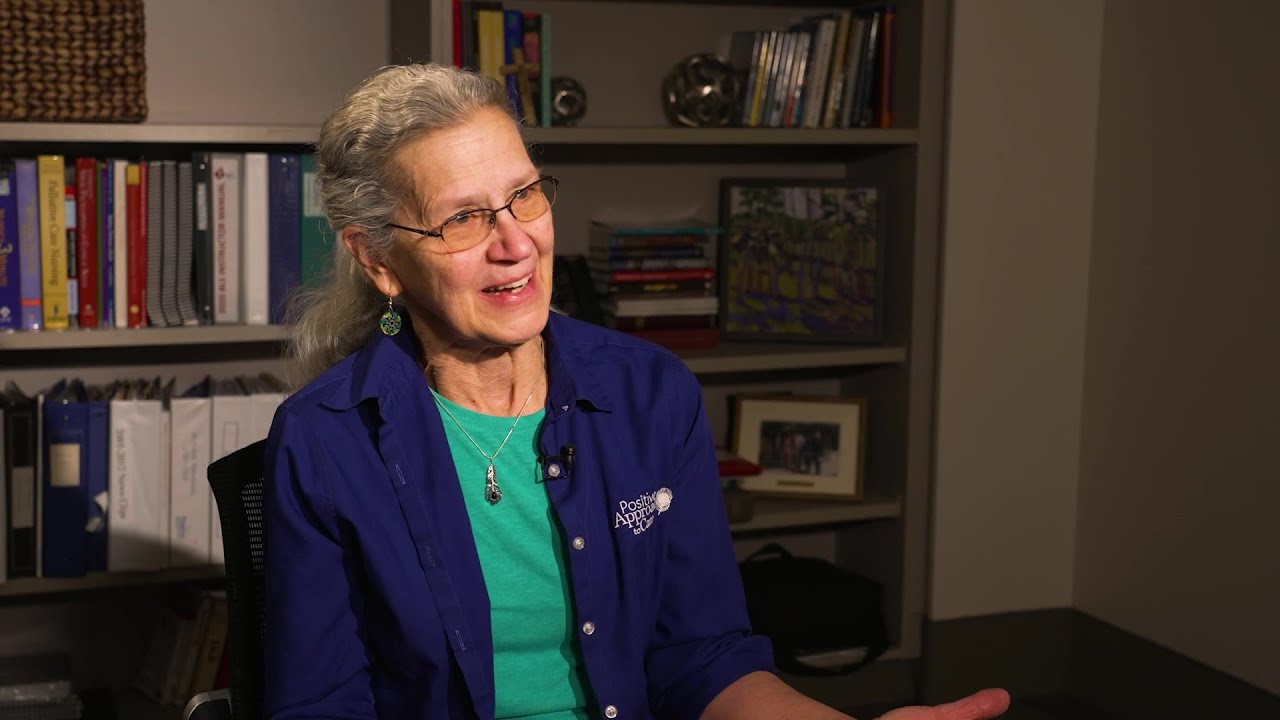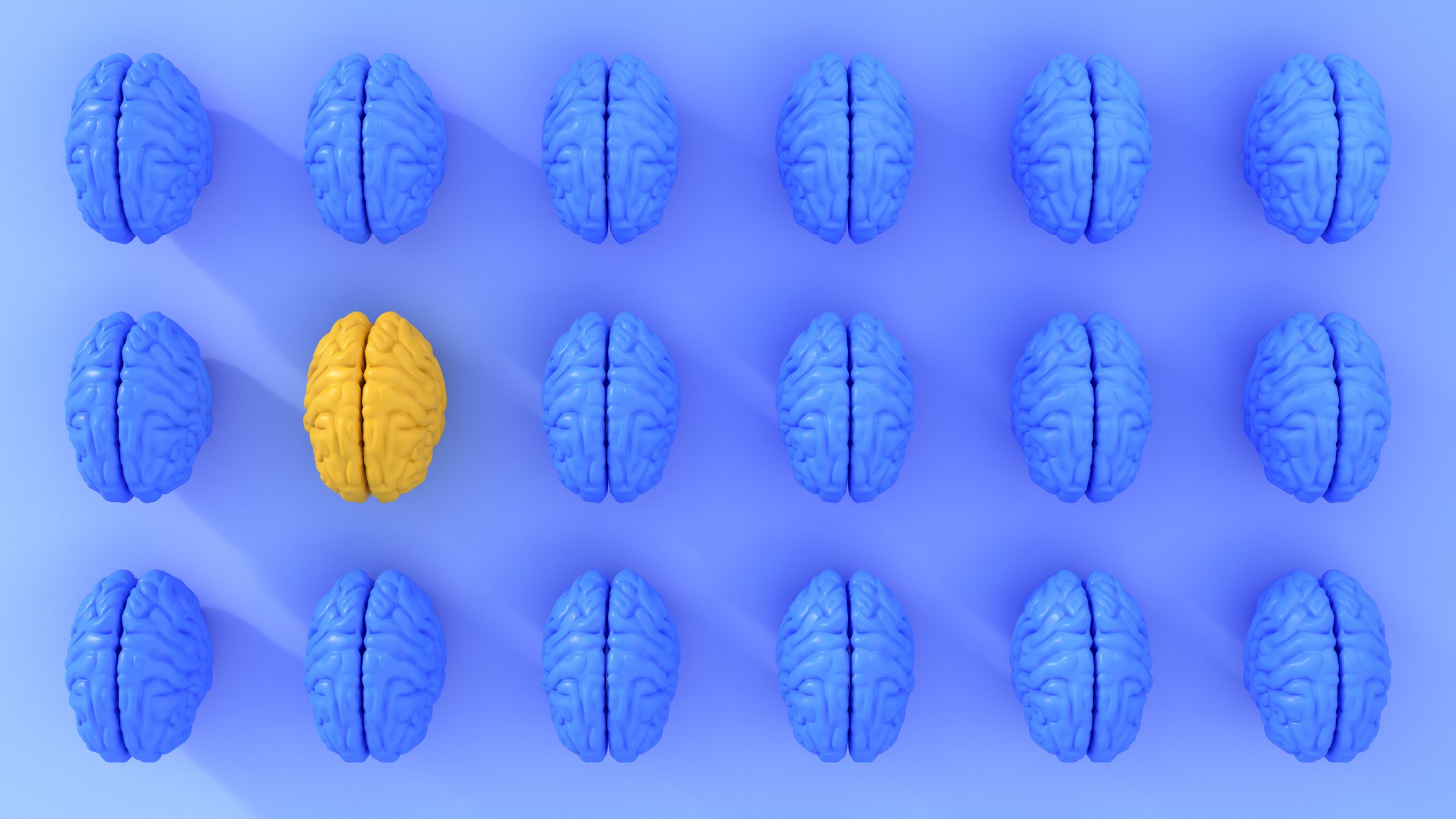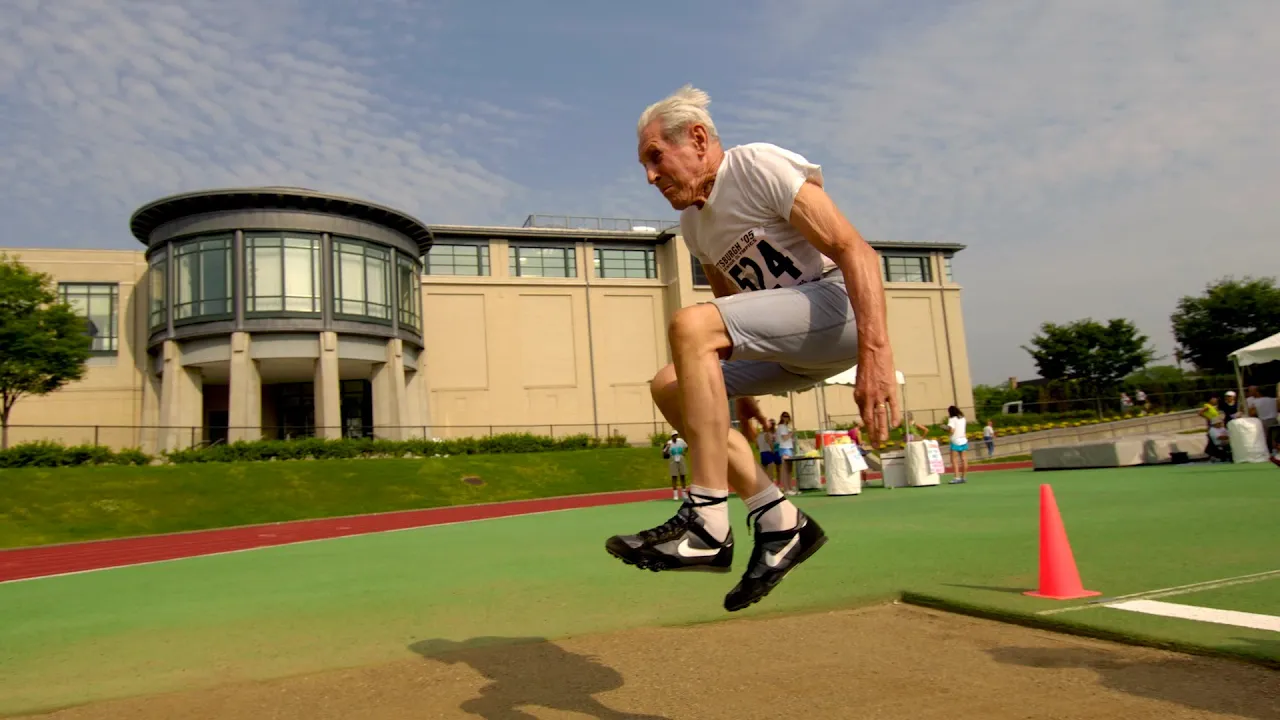Last Updated on February 4, 2024
Growing Bolder contributors Doro Bush Koch and Tricia Reilly Koch are sisters-in-law who founded the wellness company BB&R, Bright, Bold and Real over a decade and a half ago with a very clear goal: to share with others what they’ve learned about mindfulness and holistic living with the intention that everyone begin to live their best life. Learn more about their retreats, workshops, courses and popular Health Gig podcast at bbrconsulting.us.
Using Gratitude for Healing
While the Age Wave study shows the remarkable freeing and opening many of us feel as we age, we still have to grapple with difficulties beyond our control, including upsetting and tragic developments. We’ve all experienced myriad personal and global trials, some of us weathering the storms better than others.
How do we remain grounded when the world around us feels chaotic, even scary? How do we greet the new year with optimism and hope when we hear reports of devastation and strife?
It can seem counterintuitive to count one’s blessings in the face of news of others’ suffering, but that is exactly the energy we need to put into ourselves and into the world. We’ve often heard how we need to fill our own cups with activities that bring us joy and nourish us. This is absolutely true, but it’s also important that we learn to peer into the cup exactly as it is and appreciate whatever is there.
When we can learn to be here now, then we can truly be present not only for the people around us but for all the beings in the world who need our compassion. Cultivating a gratitude practice is the path to peace, within and without.
When we actively practice being grateful, we are better able to maintain a calm state. How does gratitude change our brains? It increases the production of serotonin and dopamine, feel-good neurotransmitters that promote feelings of happiness and relaxation.
This may seem fluffy, but there are real-world consequences.
When we are in a state of stress, the four Fs often take over:
Flight, where we live in a state of panic and cannot sit in a healthy way with what is in front of us
Fight, where we lash out at people in a state of anger or with controlling behaviors
Freezing, where we feel stuck and unable to make decisions
Fawning, where we lose our boundaries and get overwhelmed trying to please others
When we actively shift our perspective to being grateful, our autonomic nervous system changes. We leave the “fight or flight” stress response and enter the calming parasympathetic state, when we can “rest and digest.” Our bodies leave a state of alarm and are instead able to repair damage—in our cells and in our relationships.
We can practice gratitude anywhere. try these strategies
Keep a journal!
Some people make lists when they rise or go to bed, or throughout the day, accounting for people, actions, and objects of beauty for which they are grateful.
Count your thank yous!
We can make the effort to say thank you— out loud or in our heads—all day long. Say thank you to the sun for rising, the water for running, the cat for purring, the cashier for handing over a receipt, the cars for stopping at red lights. Keep a running tally until giving thanks has become second nature.
Look for the silver lining.
Try to shift your mindset to see challenges as opportunities for growth. You’ve made it this far! What can this next obstacle teach you?
Once we start noticing all the things that go right in our lives, we are better able to manage difficulties when they arise and find our way to solutions.
See gratitude not as another thing to do but as a beacon of hope and healing, for yourself and for the world. The more calm energy we can cultivate within, the more we will be able to be compassionate with those around us. Each time we choose gratitude, we are making a positive difference not only in our bodies but in our collective consciousness.
This article is featured in the Winter 2023 issue of The Growing Bolder Digital Digest.















